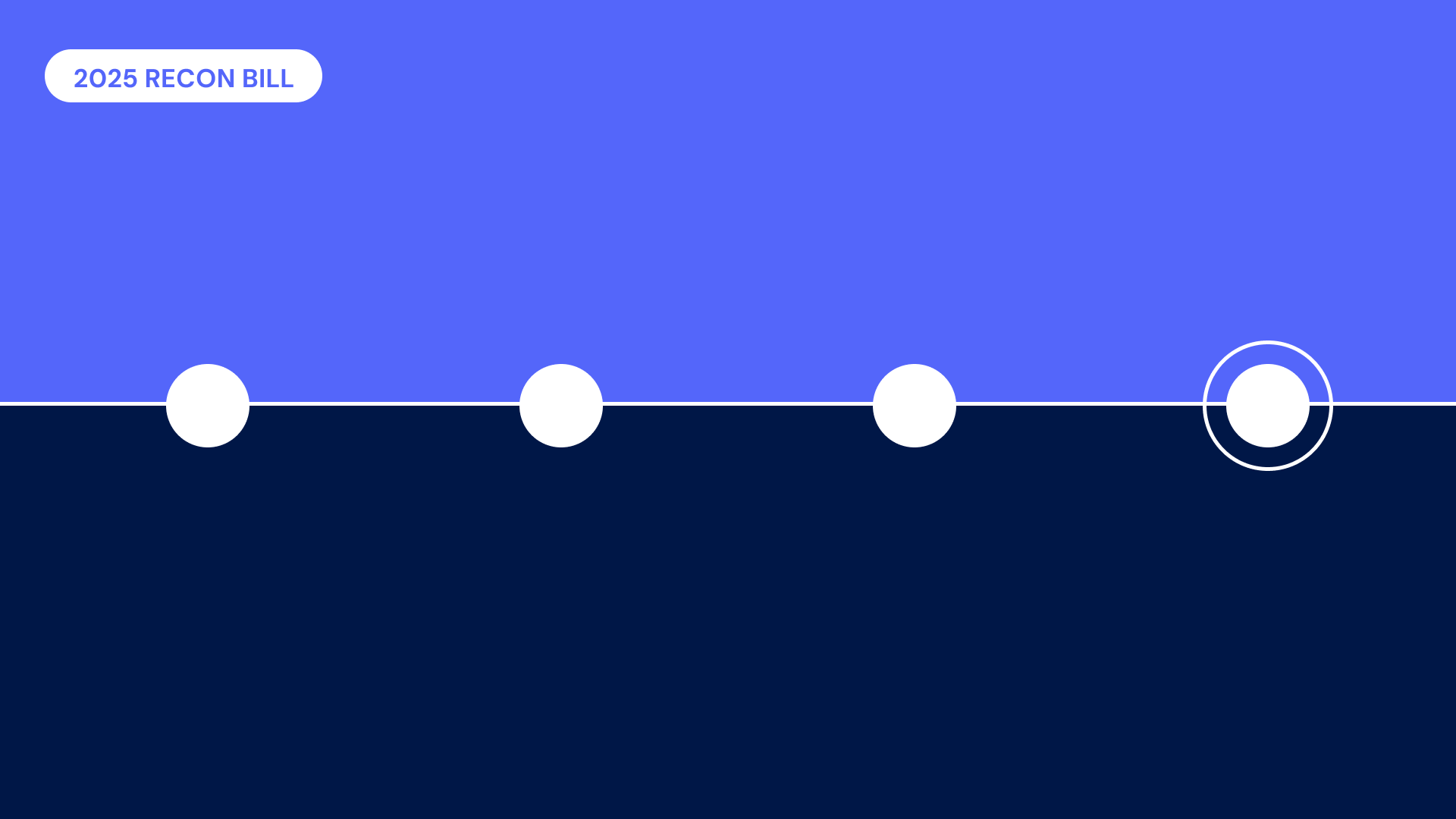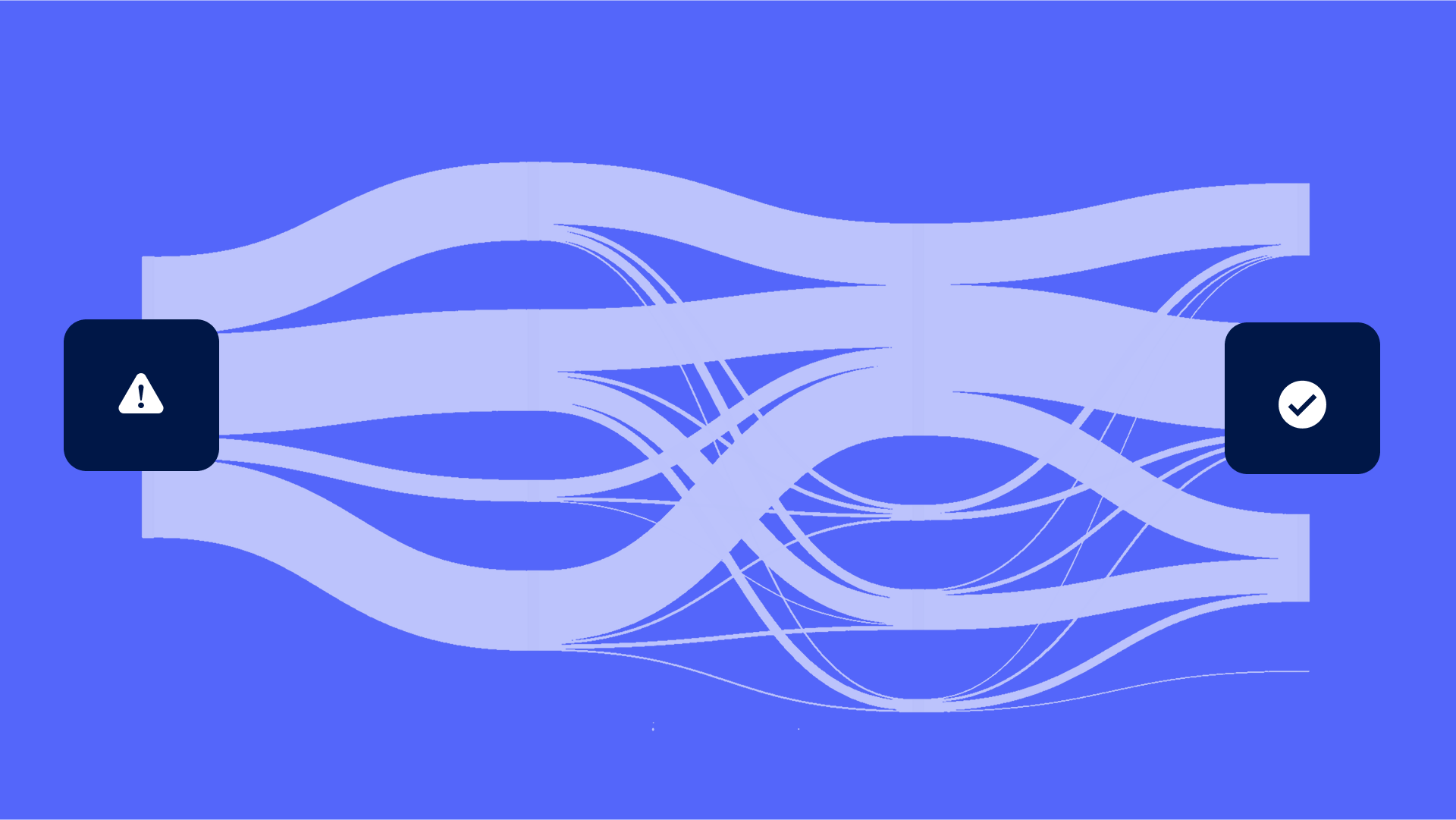A majority of patients told us they find it stressful paying a healthcare bill. One reason is affordability. But that’s certainly not the only one.
Ultimately, the healthcare billing process was not built for patients. As with any service, patients want to pay their bills, but between poor communication, arcane payment methods and a lack of transparency, the current healthcare system doesn’t make it easy to do so. Which is probably why 37% of patients simply won’t pay a bill if they cannot understand the administrative experience.
So how can healthcare leaders actually empower patients throughout the financial journey? By tackling these three root causes.
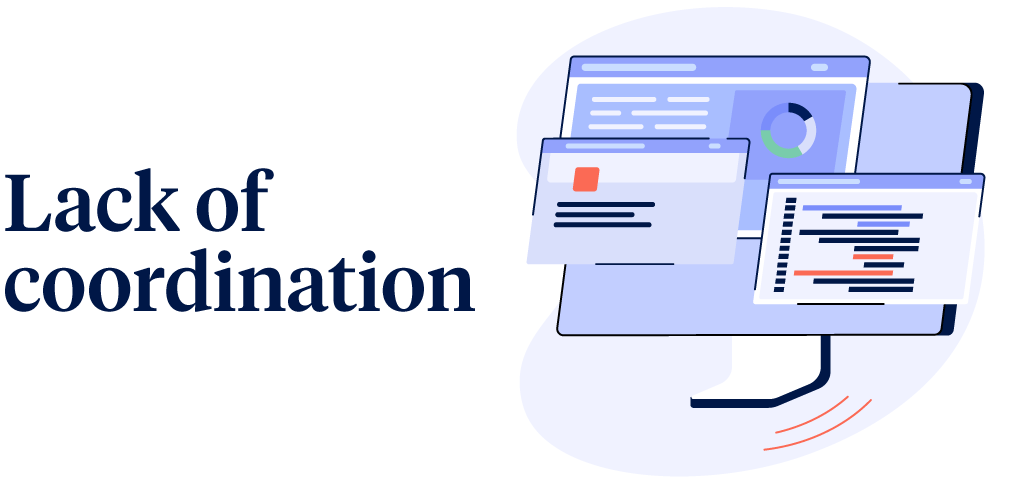
Over the last few decades, EHRs have helped increase access to care coordination, resulting in positive outcomes like reduced re-hospitalization rates and adverse drug reactions. But administrative coordination is a different story.
Patients are often surprised when they have a balance on their account and don’t understand their medical bills, which leads to inaction. This can cause delayed collections (which is bad for providers) and delayed reimbursements (which is bad for patients).
One of the biggest financial pain points for patients is the lack of coordination between healthcare providers and payers. While the relationship between payers and providers is often portrayed as untenable, the benefits of collaboration are increasingly coming to light. According to a survey from SPH Analytics, more than 90% of payers and providers believe that collaboration is a key determinant of success.
Improving interoperability between these parties—through real-time accumulator status and bill and EOB matching—would give patients a holistic and clear understanding of what they owe and why, while also elevating self-service, collections and loyalty for providers.
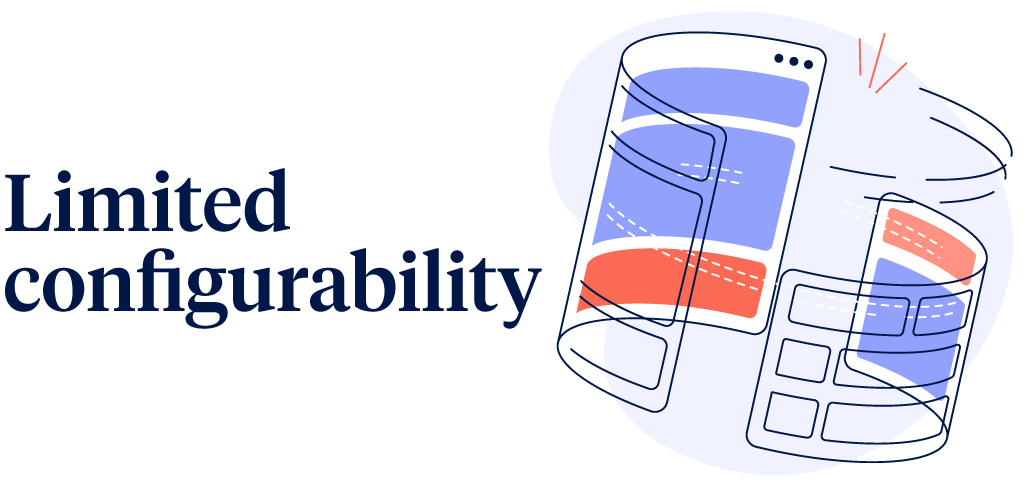
Even though patient portals have been around for more than 20 years to help support clinical healthcare needs, only 16% of patients actually use them.
Why? Common complaints about patient portals describe their workflows as complex, confusing and unintuitive. EHR systems tend to prioritize features over outcomes, and they’re so large by design that it makes customization difficult for providers.
Enter the need for configurability. Configurable software, while typically an out-of-the-box solution, is easily flexible and scalable, allowing organizations to meet their specific needs—and actually solve real problems that their users face.
How does this translate to the patient financial experience? Configurable software is user-friendly. And the more user-friendly software is, the more likely that people will engage with the technology. Research also shows that, on average, every $1 invested in the user experience brings in $100 in return. So by providing patients with engagement technology that is configurable and user-friendly, the more likely that providers will see a collections uplift, as patients will be more likely to engage, and feel empowered to, manage their healthcare financial responsibilities.
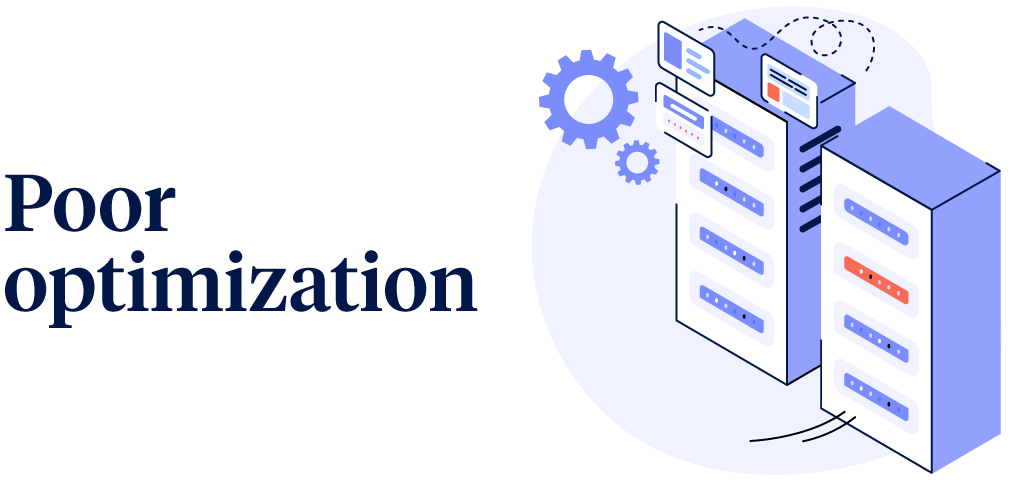
Finding ways to maximize engagement with minimal human intervention enables a more efficient billing experience for both patients and providers. But in order to achieve this kind of engagement, providers must develop a deep understanding of consumer behavior. The good news is that EHRs are a treasure trove of historical patient data, but providers can’t act on this data without consistent experimentation and optimization.
At Cedar, we’re constantly making scalable optimizations across the patient financial experience so our clients can deliver exceptional patient experiences and see material business value.
By delivering continuous updates, providers can unlock a financial experience that always works for patients.
For example, we noticed that capturing the attention of patients during the first few days after they receive a bill is critical—if patients don’t interact within 10 days, the probability of payment decreases by 18%. So, we launched several testing and optimization programs to uncover the best time to initiate dunning communications, finding that we could increase engagement by 7% when initial email and text communications are sent early in the morning, likely before patients leave for work or start their day.
And with optimization comes personalization. In order to enable an optimal patient financial experience, everything has to be just right. But “just right” can vary, depending on the patient—where, when and how they like to be communicated with. In one experiment, we were actually able to increase collections by 3% for patients who were already getting email and paper bill notifications, just by cutting texting notifications in half.
By delivering continuous updates, providers can unlock a financial experience that always works for patients.
What’s the true cost of low patient engagement? Find out how much EHR limitations are costing your health system every year with a custom collections lift report.

